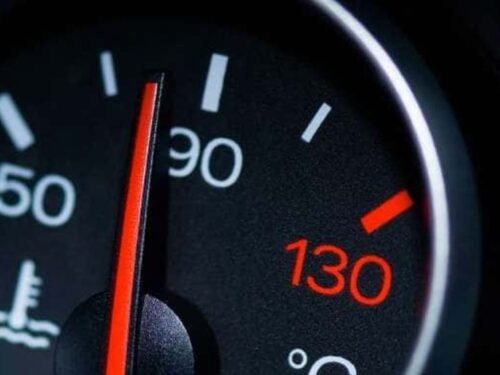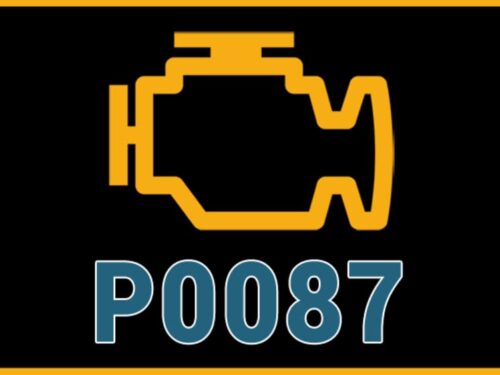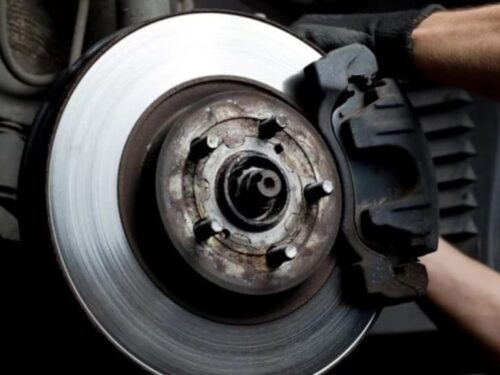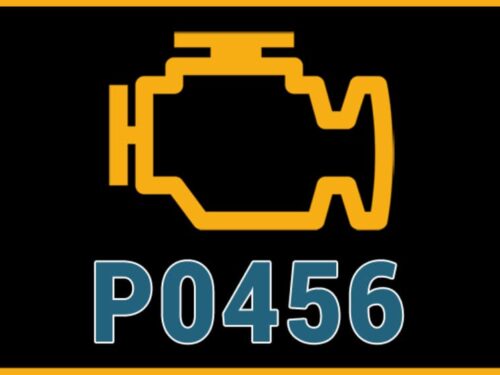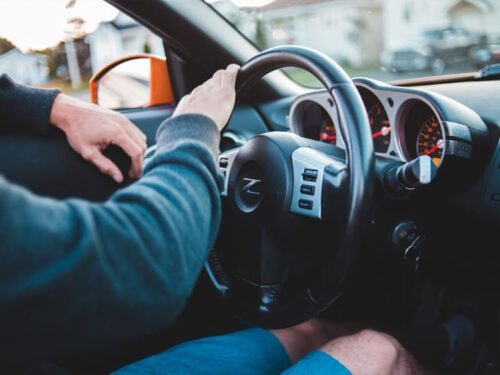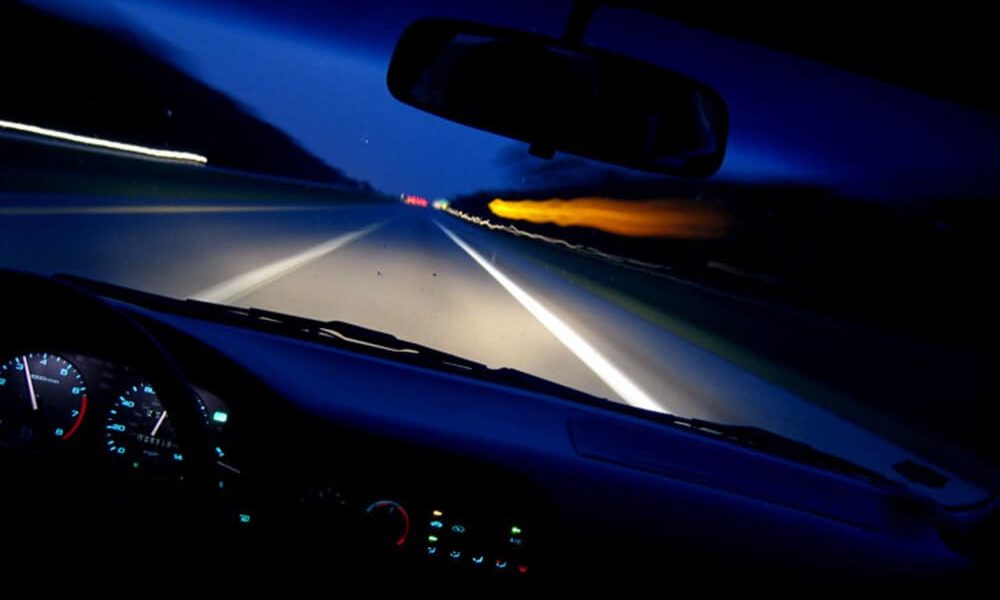
Did you remember to “fall back” this weekend? As nice as it is to get an extra hour of sleep, daylight savings time also means commuters will spend more time driving in the dark. It may not seem like a big deal, but driving in the dark after a long day at work makes it harder to see and easier to fall asleep at the wheel. Not to mention, once snow and ice start to form (sorry, but you know it is going to happen!), this will add more danger to your evening commute.
Here are some tips from the National Highway Traffic Safety Administration for save driving this winter:
- Check that all the lights on your vehicle are working properly (headlights, parking lights, turn signals, emergency flashers, brake lights, tail and marker lights, interior lights and any others).
- Check mirrors for any cracks that may obscure your vision while driving.
- Make sure that headlights are aimed correctly. In order to test headlights, shine them on a wall about 25 feet away; if one light is higher than the other, you need to adjust the aim.
- Use the night setting on your rearview mirror to avoid glare from other vehicles’ headlights.
- Be courteous with high beams. Switch them over when other cars approach you on the road.
- Always be watchful for bicyclists and pedestrians on the side of the road, as well as crosswalks. They may not always see or hear you coming.
- Supervise small children as they enter and exit the vehicle, especially if you park on a street. Make sure they use the curbside door.
- Remove sunglasses when it starts becoming dark; some drivers forget when they are wearing them.
- Keep eyes moving side to side while driving rather than focusing on the center of the road ahead. This keeps eyes adjusted and avoids what is known as “highway hypnosis,” which may impair reaction time.
- If you are feeling drowsy, don’t drive.
Courtesy of aeroautoparts


